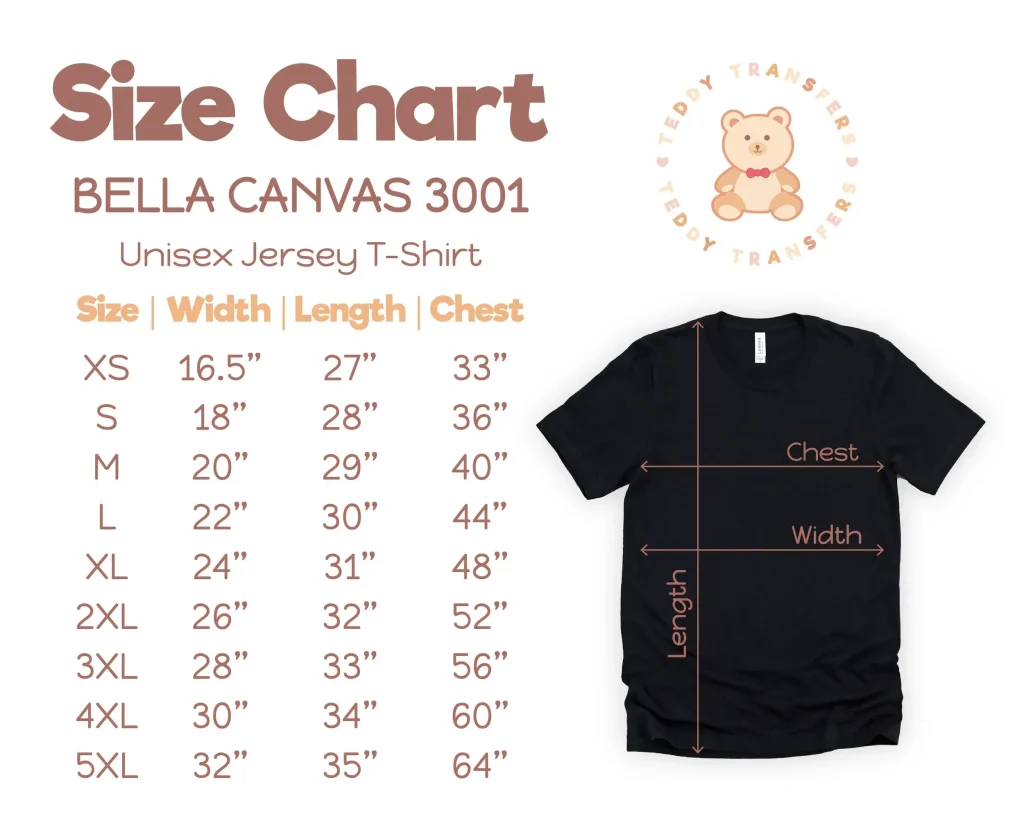DTF Transfer by Size is a crucial concept for anyone delving into the world of custom garment decoration through Direct-to-Film (DTF) printing. This innovative printing technique has rapidly gained popularity among small business owners and garment decorators alike, thanks to its ability to produce vibrant and detailed designs on various fabrics. Understanding the ins and outs of DTF transfers, particularly how size impacts transfer quality, plays a pivotal role in achieving remarkable results. By mastering the selection of appropriate transfer film and the precise application process using heat press technology, users can create stunning, durable designs that resonate with their customers. This guide will explore key strategies to optimize DTF Transfer by Size, ensuring that your printed garments not only look great but last for a long time.
When discussing DTF application methods, one cannot overlook the significance of transfer sizing in the context of Direct-to-Film (DTF) techniques, which is essential for successful garment personalization. The process involves using specialized transfer film to produce eye-catching results that appeal to both hobbyists and professionals in the garment printing industry. Ensuring the right dimensions during this transfer application is vital, as it directly affects the bond of the print to the fabric. Moreover, employing a suitable heat press setup can enhance adhesion, leading to long-lasting designs. As we dive deeper into the intricacies of DTF Transfer by Size, this guide will provide valuable insights on optimizing your garment decoration projects.
Understanding DTF Printing Technology
Direct-to-Film (DTF) printing represents a revolutionary advancement in the custom garment decoration industry. Unlike traditional methods like screen printing, DTF printing leverages transfer films that offer rich colors and exceptional durability. This technology allows designers to produce vibrant and intricate designs that can be easily applied to a variety of fabrics. By utilizing specialized heat transfer processes, DTF transfer applications ensure that prints remain intact even after multiple washes, making them an excellent choice for durable clothing.
As custom garment printing evolves, understanding the mechanics behind DTF technology is essential. The process involves printing designs onto a special film, which is then transferred onto fabric using a heat press. This technique allows for fine detail and color gradients that are often difficult to achieve with other printing methods. With DTF, enthusiasts not only enjoy a greater design flexibility but also a quicker turnaround times, which benefits small businesses and custom apparel creators.
Frequently Asked Questions
What is DTF Transfer by Size and why is it important?
DTF Transfer by Size refers to the process of applying direct-to-film transfers of specific dimensions to garments. It is crucial because the correct size ensures that the design adheres properly, achieving optimal vibrancy and durability, which is essential for successful garment decoration.
How do I choose the right transfer film for my DTF transfers?
When selecting a transfer film for DTF transfers, consider the size of your graphic design. Each film type has specifications tailored to different sizes, so choosing the suitable film aligns with your design dimensions ensures proper adherence and minimizes the risk of misalignment during application.
What printer settings should I use for high-quality DTF printing by size?
For high-quality DTF printing, ensure that your printer settings are calibrated to match the type of transfer film and the size of your design. Using high-resolution settings minimizes blurriness and maintains color accuracy, resulting in more vibrant and precise prints.
What is the recommended heat press temperature for DTF Transfer by Size?
The recommended heat press temperature for DTF Transfer by Size typically ranges from 320°F to 340°F (160°C to 170°C). Preheating your heat press to this temperature is essential for activitating the adhesive on the transfer film, ensuring perfect application results.
What is the process for peeling DTF transfers after application?
The peeling process for DTF transfers varies based on the film type. Follow the specific instructions for hot or cold peeling, as the right method influences the durability and visual quality of your design. Proper peeling is crucial for maintaining the integrity of the transfer on the garment.
How can I enhance the durability of my DTF transfers after application?
To enhance the durability of DTF transfers, allow the garment to cool completely after application and avoid washing it for at least 24 hours. This waiting period allows the adhesive to set, maintaining print vibrancy and the adherence of your design.
| Key Points | Details |
|---|---|
| Introduction to DTF Transfer by Size | DTF printing is popular for custom garment decoration, focusing on understanding size for optimal application results. |
| Importance of Size | Size impacts adhesion and design placement; using the right size ensures proper application. |
| Key Steps | 1. Choose the right film 2. Ensure high print quality 3. Prepare before pressing 4. Correct application process 5. Follow post-application care |
| Recent Innovations | Improvements in ink formulas, eco-friendly options, and automation trends are enhancing DTF printing. |
Summary
DTF Transfer by Size is critical for achieving outstanding results in custom garment decoration. Understanding the significance of transfer size ensures effective application, allowing for vibrant and durable prints. By following key steps such as selecting the right film, ensuring quality print resolution, and applying proper techniques, users can greatly enhance their DTF printing outcomes. Staying abreast of recent innovations in ink technology and sustainability further strengthens your output, keeping you competitive in the custom apparel market. Effective use of DTF transfers not only elevates design quality but also leads to lasting customer satisfaction.

